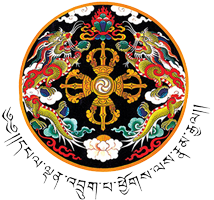Brief History of Bumthang Dzongkhag
Bumthang Valley is a place of deep historical and spiritual significance, often regarded as the “spiritual heart of Bhutan.” It is the birthplace of Buddhism in the country and is home to numerous ancient monasteries and temples. One of the most notable is Jambay Lhakhang, among the oldest temples in Bhutan, dating back to the 7th century.
The valley is also closely associated with Guru Rinpoche, the revered Buddhist master who visited in the 8th century. His arrival played a crucial role in shaping Bhutanese Buddhism and led to the establishment of several sacred sites.
Today, Bumthang remains a living testament to Bhutan’s rich heritage, attracting visitors who explore its historical landmarks and immerse themselves in its spiritual atmosphere.
1907
Ugyen Wangchuck is crowned the first King of Bhutan, consolidating the country into a unified kingdom.
The Kingdom of Bumthang is fully integrated into modern Bhutan, marking the end of its independent status.
1882-1885
Ugyen Wangchuck gains control of Bumthang and Trongsa after a series of civil wars and political conflicts.
The office of Druk Desi becomes ceremonial, marking the decline of Bhutan’s feudal system.
1870s-1880s
Jigme Namgyal, the 10th Trongsa Penlop, rises to power, strengthening the Wangchuck family’s influence.
His son, Ugyen Wangchuck, becomes the Penlop of Paro in 1879.
1864-1865
Bhutan loses the Duar War against British India, leading to territorial losses.
18th - 19th Century
Bumthang remains a significant religious and political center within Bhutan.
The House of Wangchuck emerges from the local nobility.
The Bumthang nobility, including the Nyö clan, gains influence over Bhutanese politics.
17th Century
Zhabdrung Ngawang Namgyal consolidates Bhutan and brings Bumthang under his control.
Chogyal Minjur Tenpa, appointed as the first Penlop of Trongsa, subdues the local rulers and establishes effective governance.
Jakar, Lhuentse, Trashigang, and Zhemgang Dzongs are built, marking administrative consolidation.
15th Century
Pema Lingpa, a revered Buddhist saint, is born in Bumthang.
The legend of the Burning Lake (Mebar Tsho) emerges, where Pema Lingpa retrieves sacred relics while keeping a burning lamp lit underwater.
11th - 15th Century
Buddhism flourishes in Bumthang, with continued temple constructions and pilgrimages to the region.
9th Century
Langdarma, the Tibetan king, is assassinated, and his assassin’s family reportedly flees to Bumthang, influencing the local nobility.
746 AD
King Sindhu Rāja, an exiled Indian king, establishes a government in Bumthang at Chakhar Gutho Palace.
His conversion to Buddhism strengthens the religion in the region.
8th Century
Guru Rinpoche (Padmasambhava) visits Bumthang, marking a significant moment in Bhutanese Buddhism.
Guru Rinpoche exorcises a demon possessing King Sindhu Rāja, converting him and the region to Buddhism.
Kuje Temple is founded as a sacred site in honor of Guru Rinpoche.
7th Century
Tibetan King Songtsän Gampo orders the construction of Jambay Lhakhang, one of Bhutan’s oldest temples.
Buddhism is introduced to Bhutan, replacing but not eliminating the existing Bön religious practices.
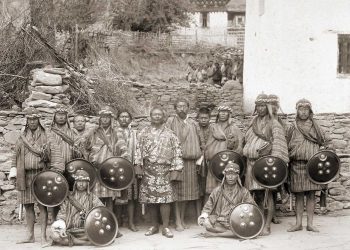
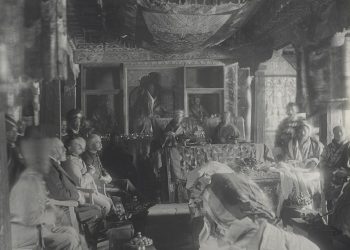
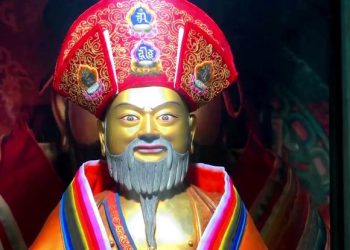
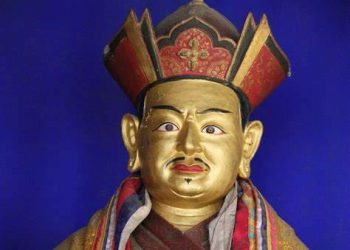
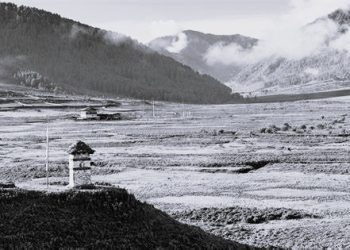
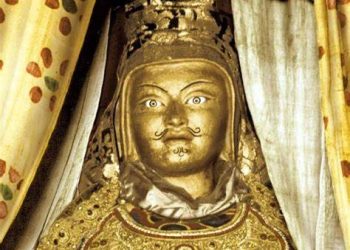
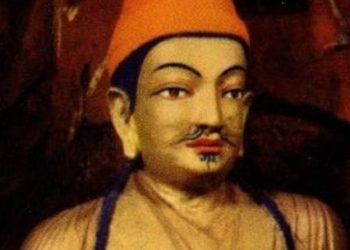
Contact us
-
- Dzongkhag Administration Bumthang, Bhutan
- PABX: 03-631200
- P.O box no. 32001
- Dzongdag-Ext 132 (O) Fax # 03-631806
- Dzongrab-Ext 119 (O) Fax # 03-631461
Quick Links
Useful Links
- Announcements
- Grievance Redressal
- Performance Agreement
- Service Delivery Standard
- ICT Request Form
